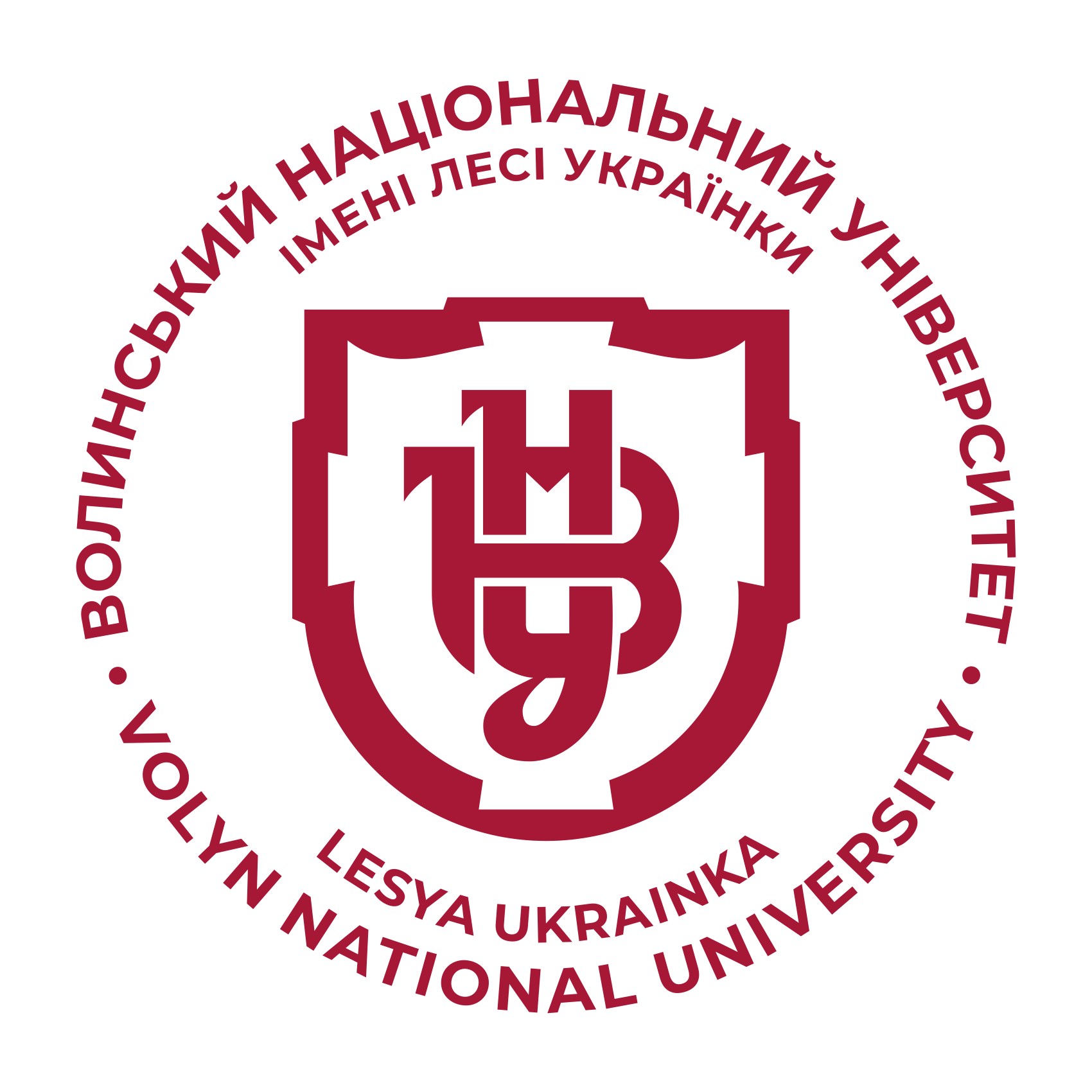SCIENTIFIC BASIS FOR THE FORMATION OF THE INCLUSIVE DEVELOPMENT THEORY OF REGION
DOI:
https://doi.org/10.29038/2411-4014-2020-03-136-142Keywords:
regional development theory, classical theories of regional development, sustainable development theory, inclusive growth theory, inclusive development, decentralization.Abstract
Introduction. The systematization and comparative analysis of regional development theories were further developed in the article. A study of the evolution of regional development theories and highlighted the provisions, principles, and approaches reflected in the concept of inclusive growth, which is based on achieving such a type of socio-economic growth that allows each member of society to feel its results, covering all spheres of life.
The purpose of the article is to conduct a comparative analysis of classical and modern theories of regional development in the context of determining their contribution to the development of inclusive concept and the formation of the author's vision of the concept of "inclusive regional development".
Results. The author's approach to the definition of “inclusive development of the region” as a process of achieving comprehensive qualitative and quantitative changes in the spatial system, based on the development of the economic sphere by increasing the involvement of the population in productive activities, forming an accessible infrastructure of the region to create equal opportunities for personal development the results obtained, which is a prerequisite for social uplift, reducing the level of differentiation of the population and increasing its welfare. The necessity of further research of theoretical and institutional bases of inclusive development of the region in view of realization of policy of decentralization of the power and necessity of the corresponding financial maintenance of these processes is proved.
Conclusiоns. The contribution of classical and modern regional development theories in the formation of an inclusive approach is determined. It is proved that the rethinking of the essence of development and the acquisition of human-cantered orientation in the current environmental problems has led to the formation of new theoretical foundations, effective concepts, and models of regional growth. Given current trends and targets of the socio-economic growth of the world community, it is argued that the theory of inclusive development of the region is the most promising way to solve the problem of improving the welfare and quality of life.







